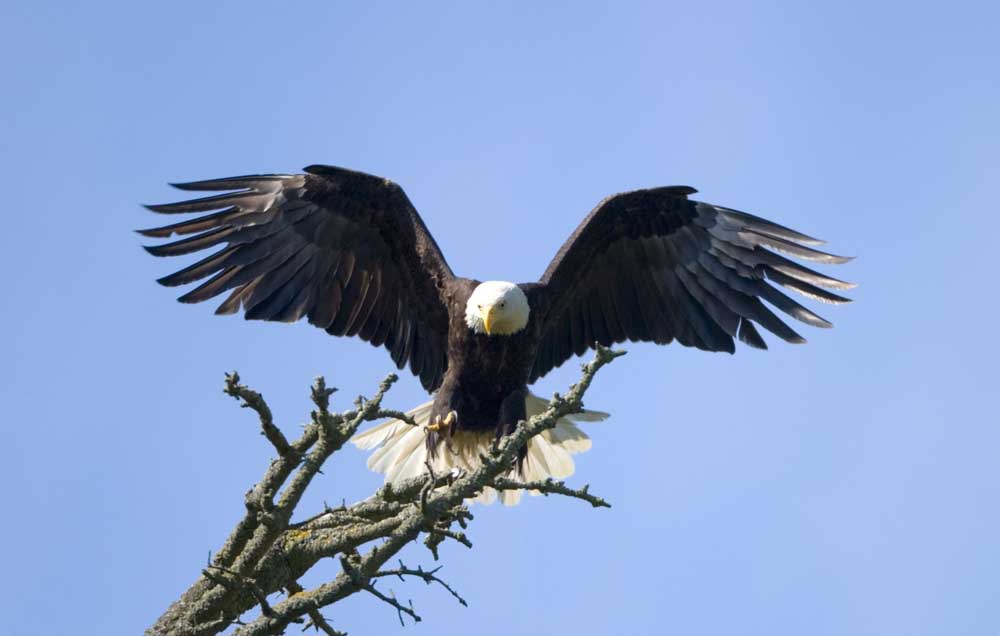Editorial: Consider costs with endangered species
Published 12:00 am Tuesday, July 24, 2018

- The bald eagle was removed from the federal endangered species list in Oregon just over a decade ago. Now the bird is found in nearly every county. (123RF)
The Endangered Species Act should not ignore the human species. It’s right for the Trump administration to consider ways to change the act to better consider its economic costs.
What became the Endangered Species Act began with the first list of endangered species getting federal protection in 1967, including the bald eagle, the grizzly bear and the American alligator. The actual act was passed in 1973. It says endangered animals and plants contribute “esthetic, ecological, educational, historical, recreational, and scientific value to the nation and its people.”
Some benefits are obvious. One that is sometimes missed is the health potential in discovering medicines and treatments from research into plants and animals. Only a small percentage of the possibilities have been studied.
Now try putting a number value on all those benefits. Is there a moral obligation to keep species from going extinct? How exactly do you factor that in?
It’s also hard to get an exact figure for the costs of protecting endangered species. You can look at budgets. President Trump called for a U.S. Fish and Wildlife Service budget of about $1.2 billion for 2019 with about $211 million more directly for the act and related programs. But that federal budget only captures a fraction of the costs. They come in many different forms. What about the Oregon rancher who voluntarily doesn’t use all his land to protect sage grouse habitat and keep the bird from being listed as endangered?
One of the most common examples of costs in the West is the impact on the timber industry from the spotted owl. Once it was listed as threatened in the 1990s, the timber industry in the Pacific Northwest fell off a financial cliff. Federal timber sales dropped from a 1983-1989 average of 2.9 billion board-feet in western Oregon to less than 0.5 billion board-feet in 1996, according to the Oregon Historical Society. That meant the loss of thousands of jobs. And now the more aggressive barred owl may wipe out the spotted owl, anyway.
The law’s flaw is that everyone gets benefits while a relative handful of individuals and businesses have to bear great costs to comply with it. It doesn’t endanger the act to find ways to correct that imbalance. It’s only fair.








